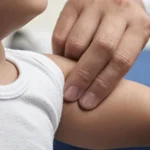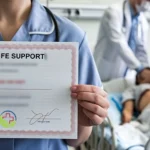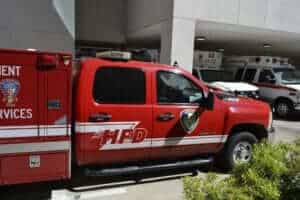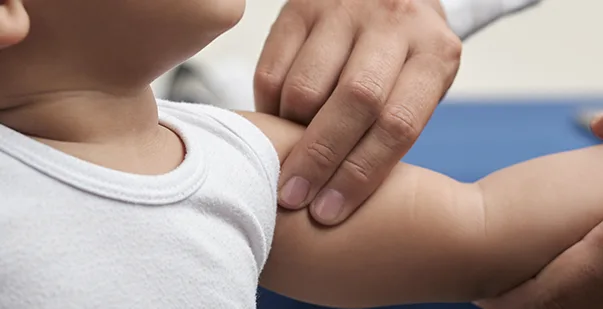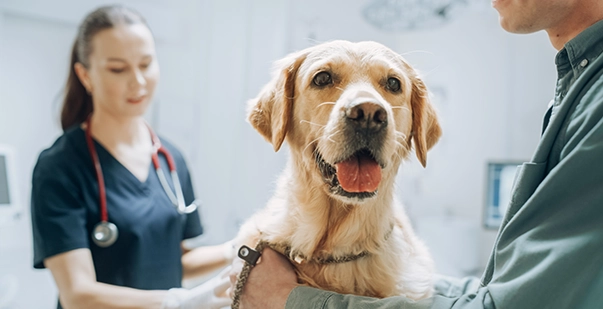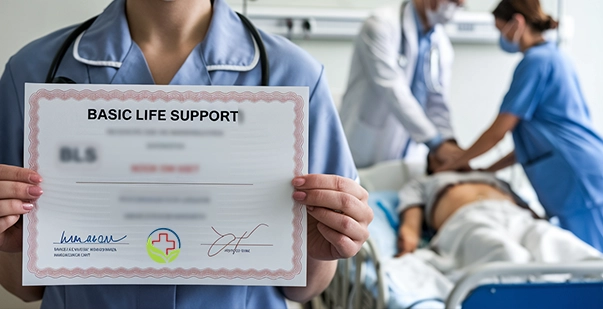Have you ever wondered what makes CPR classes interesting? In CPR classes, participants acquire skills to respond effectively in emergencies requiring cardiopulmonary resuscitation (CPR). These classes provide comprehensive instruction on recognizing cardiac arrest, performing CPR techniques on adults, children, and infants, and using automated external defibrillators (AEDs). Participants learn about the importance of early intervention, proper hand placement for chest compressions, delivering rescue breaths, and assessing the scene for safety through learning and hands-on practical training. CPR classes equip individuals with the confidence and competence to intervene and potentially save lives during critical moments of cardiac emergencies.
What is a CPR certification?
A CPR certification is a credential that certifies an individual’s competency in cardiopulmonary resuscitation (CPR) techniques. It typically involves completing a training course that covers CPR procedures for infants and basic life support (BLS) skills, such as using an automated external defibrillator (AED) and providing rescue breaths. Certification may be required for certain professions or volunteer roles, such as healthcare providers, lifeguards, teachers, childcare workers, and fitness instructors. CPR certification courses are designed to equip individuals with the knowledge and skills. It is needed to respond effectively in emergencies where CPR is required.
What does CPR training consist of?
CPR training typically consists of both theoretical knowledge and practical skills training. The training curriculum covers the following key components:
- Understanding Cardiopulmonary Resuscitation (CPR):
- Learning the purpose of CPR and when it is necessary.
- Understanding the chain of survival and the importance of early intervention.
- Basic Anatomy and Physiology:
- Understanding the structure and function of the heart and lungs.
- Learning about the cardiovascular and respiratory systems.
- Recognizing Cardiac Arrest and Assessing the Scene:
- Identifying signs of cardiac arrest, such as unresponsiveness, absence of normal breathing, and lack of pulse.
- Assess the scene for safety and ensure personal safety before assisting.
- Performing Cardiopulmonary Resuscitation (CPR) Techniques:
- Demonstrating proper hand placement for chest compressions.
- Practicing the correct compression rate and depth for adults, children, and infants.
- Learning how to open the airway and deliver rescue breaths.
- Using an Automated External Defibrillator (AED):
- Understanding the purpose of an AED.
- Learning how to operate an AED safely and effectively.
- Providing Care for Special Populations:
- Understanding how to modify CPR techniques for special populations, such as infants, children, pregnant women, and individuals with physical disabilities.
- Legal and Ethical Considerations:
- Understanding legal protections and Good Samaritan laws related to providing emergency care.
- Learning about ethical considerations and cultural sensitivity when providing CPR.
- Hands-On Practice and Skills Evaluation:
- Engaging in hands-on practice sessions to demonstrate proficiency in CPR techniques.
- Receiving feedback and evaluation from instructors to ensure competency. CPR training courses may vary in duration and format, but they generally cover these essential components to equip participants with the k
What do you do in a CPR class?
In a CPR class, participants typically engage in a combination of theoretical learning. The class covers essential topics related to cardiopulmonary resuscitation (CPR) and basic life support (BLS) techniques. Here’s what you can expect to do in a CPR class:
- Theory Instruction:
- Learn about the purpose of CPR and when it is necessary.
- Understand the chain of survival and the importance of early intervention.
- Study basic anatomy and physiology related to the cardiovascular and respiratory systems.
- Review signs of cardiac arrest and how to assess the scene for safety.
- Demonstration and Explanation:
- Watch demonstrations of proper CPR techniques, including hand placement for chest compressions and how to deliver rescue breaths.
- Receive explanations of the correct compression rate and depth for adults, children, and infants.
- Learn to use an AED safely and effectively.
- Hands-On Practice:
- Engage in hands-on practice sessions to demonstrate proficiency in CPR techniques.
- Practice chest compressions on adult, child, and infant manikins to simulate real-life scenarios.
- Practice opening the airway and delivering rescue breaths using pocket masks or face shields.
- Practice using an AED to deliver defibrillation shocks.
- Skills Evaluation:
- Receive feedback and evaluation from instructors on CPR techniques and skills.
- Demonstrate competency in performing CPR on adult, child, and infant manikins.
- Receive a certification upon successful completion. Indicating competency in CPR and basic life support skills.
- Discussion and Q&A:
- Participate in discussions about legal and ethical considerations related to providing CPR.
- Ask questions and clarify any doubts about CPR techniques, procedures, or scenarios.
Conclusion
Learning CPR is critical, as it creates a sense of safety in society. If you often wonder what you do in CPR classes? The above details will help you plan your day better and gather the best learning from the course.

